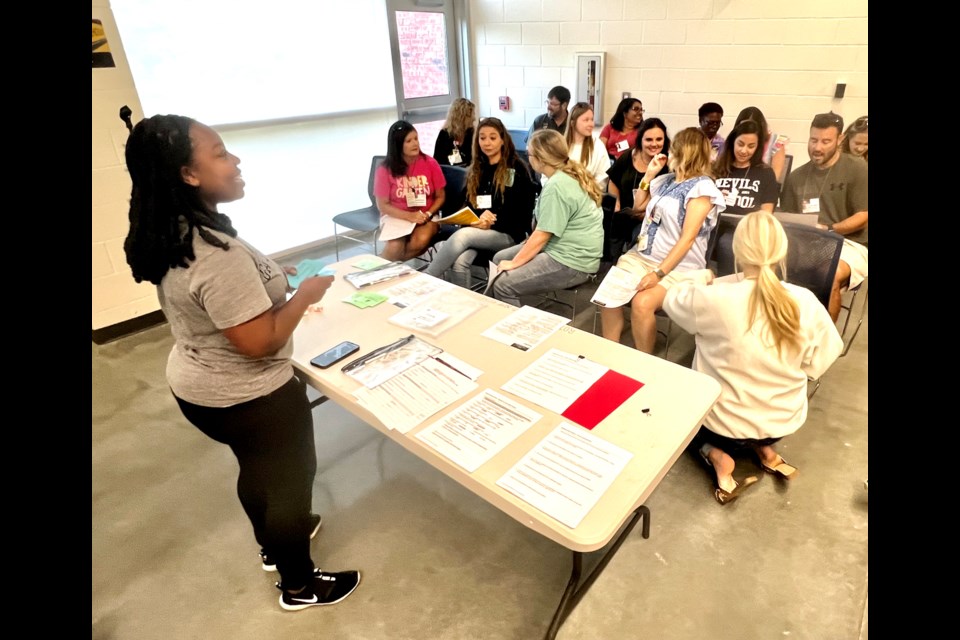On Tuesday, July 30th, I had the opportunity to volunteer at a poverty simulation event held at Georgia Southern University for the Nevils Elementary faculty. This event was hosted by Georgia Southern University in partnership with United Way's ALICE (Asset Limited, Income Constrained, Employed) Project.
The goal was to provide a firsthand experience of the daily struggles faced by those living in poverty.
The event began with welcomes and introductions, followed by an ALICE overview presented by Dr. Kristina Patterson. She explained how the ALICE data is used to understand the financial challenges that many working families face. After this informative session, we moved into the simulation with little to no instructions, designed to mimic real-life situations as closely as possible.
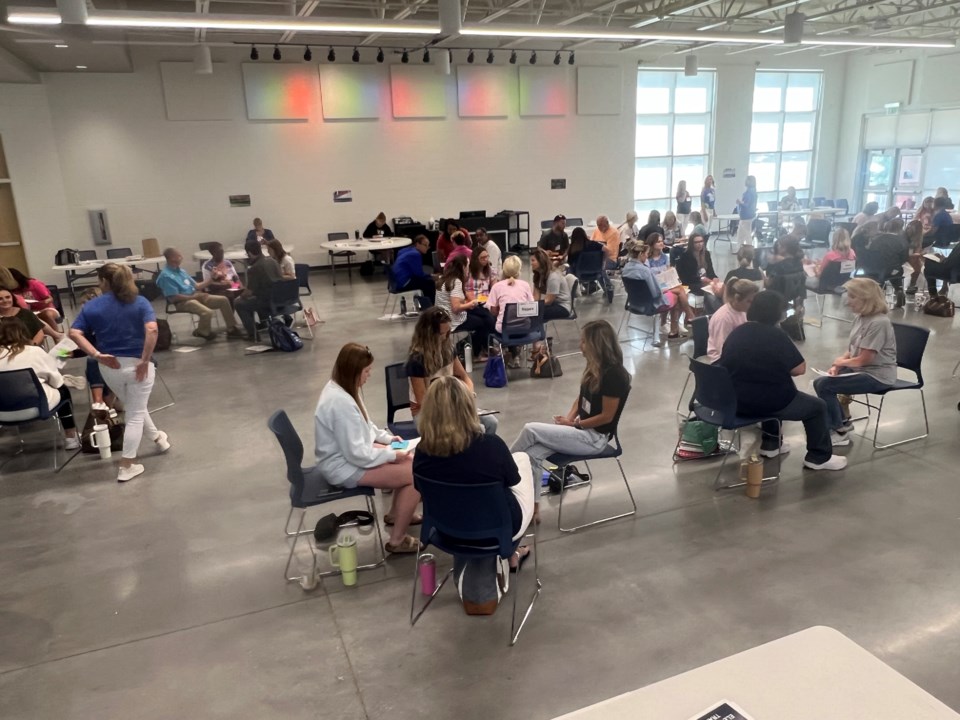
Kara Holland from the Hearts and Hands Clinic emphasized the importance of this program, stating, “This is such an important program because worry affects so many areas of life, from school supplies to health. Living in poverty is not easy. There is no quick fix or solution. Life's a constant choice between two basic needs.”
Throughout the simulation, participants assumed various roles within families facing financial hardships. One poignant moment for me was realizing how taxing it was to plan meals and manage daily tasks with limited resources. It truly highlighted how blessed many of us are and how challenging it can be to make ends meet.
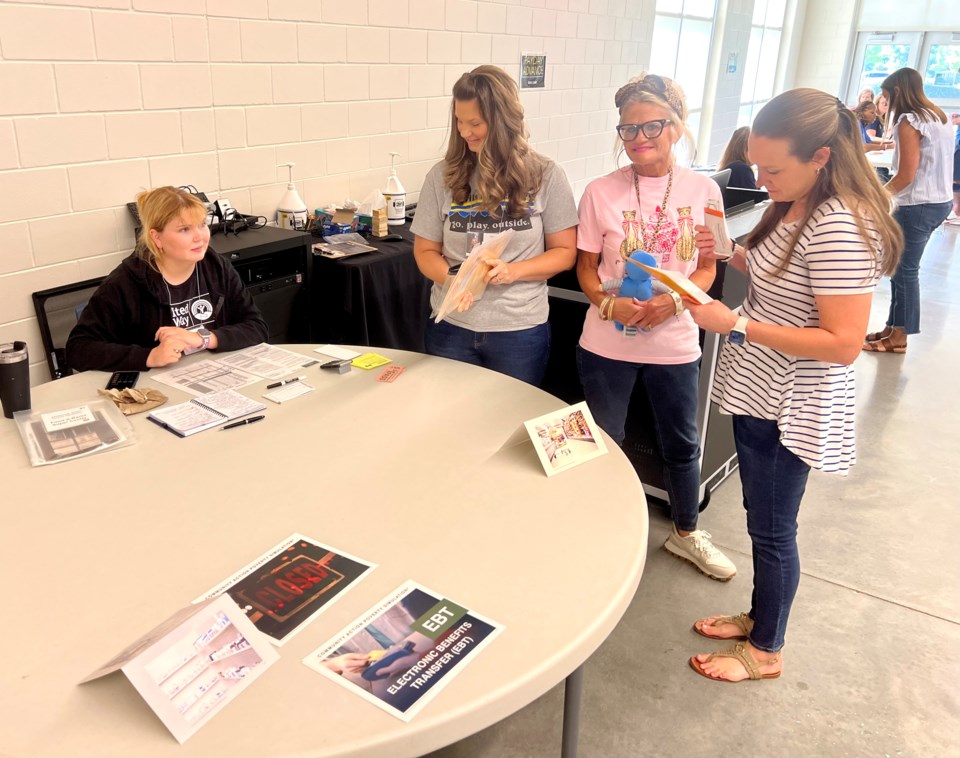
For example, in one simulated family, they had two children. They quickly learned that failing to pay for childcare could result in social services taking the kids. This added immense stress and worry, as they had to decide between essential needs like food and medicine.
The time-consuming nature of simply surviving left little room for anything else.
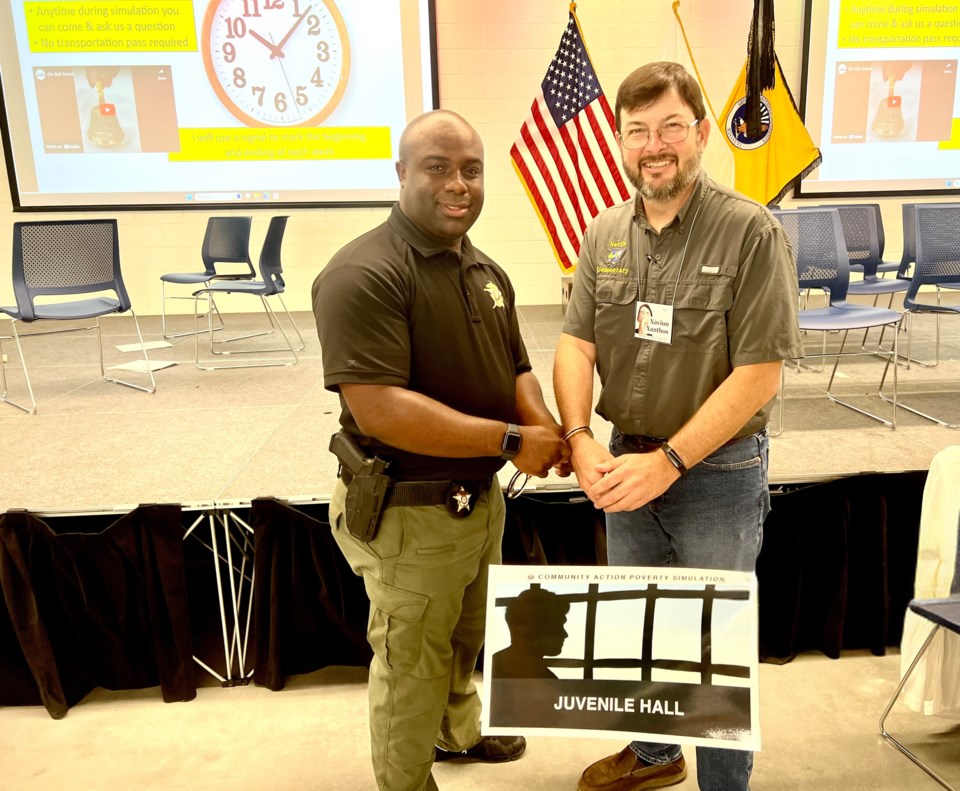
Principal Rob Lindsey shared his main takeaway from the simulation, saying, “I hope everyone really got to see what it’s like to live through another's perspective. It’s important for educators to understand the different walks of life that students come from. This experience helps us meet students' needs more effectively.”
During the simulation, individuals also saw how desperate measures, like selling essential household items at a pawnshop, are often a reality for many. It underscored the need to understand what people are sacrificing when they sell their possessions for quick cash, which often doesn’t fully cover their costs.
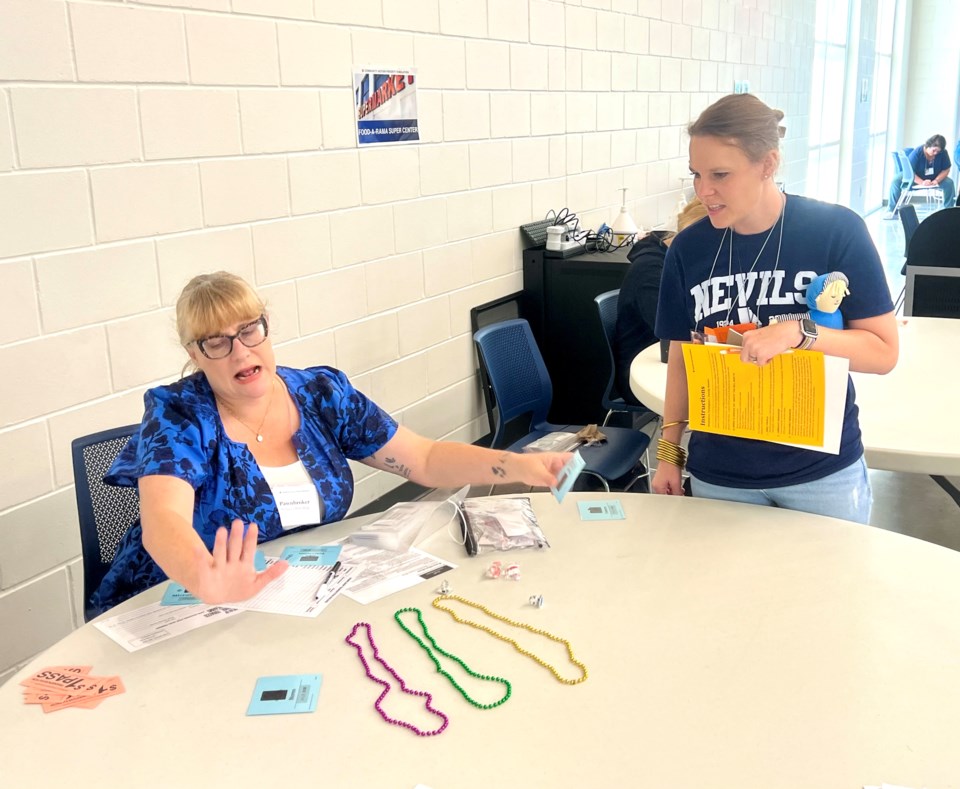
Charlene Robbins, Nevils Elementary Secretary, reflected on her experience. “I thought I understood poverty until I went through this simulation. Now, I realize how blessed I am.” Another participant, Taylor, mentioned the struggle of accessing childcare during school breaks, highlighting how time-consuming it is to secure basic needs while working full-time.
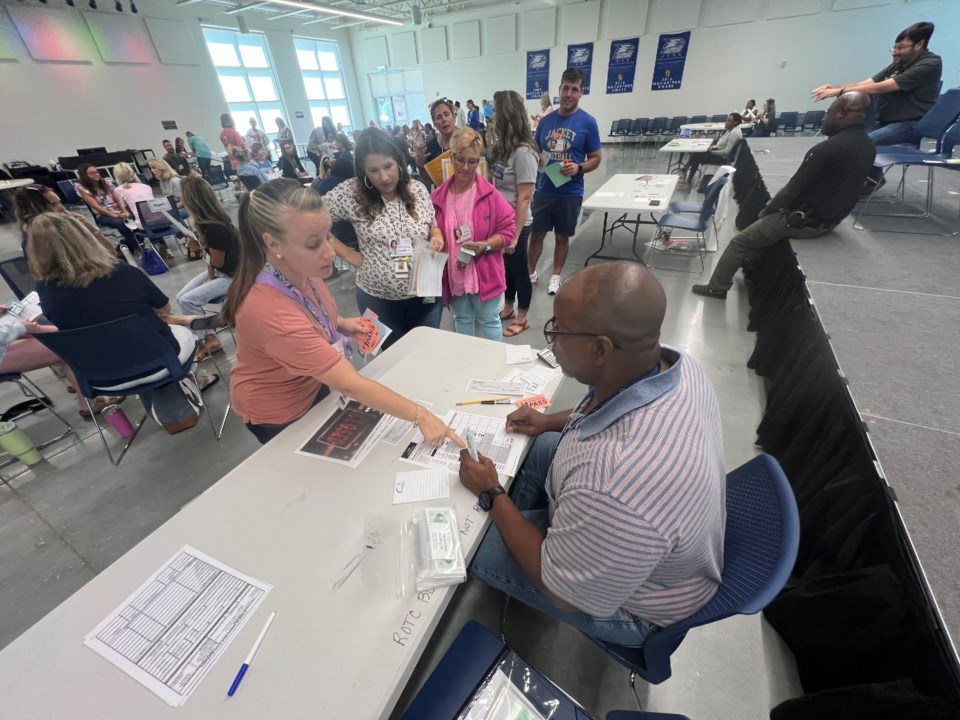
Keith Wilkey, Director of Social Work in Bulloch County, pointed out the challenges educators face in relating to students from different backgrounds. “Many teachers come from stable, two-parent homes and go straight to college, becoming educators without fully understanding the struggles some students face. It’s crucial to take the time to understand these experiences.”
In conclusion, this poverty simulation was a powerful and eye-opening experience. It demonstrated the daily struggles and difficult choices faced by those living in poverty. It reminded us all of the importance of empathy, understanding, and support for individuals and families in need.
As we move forward, it's vital to use the insights gained from this simulation to inform our efforts in addressing poverty and helping those who are most vulnerable.

